TREZ Jewelry: Crafting Treasures with Tradition and Expertise

Selecting the perfect gemstone is an art that goes beyond mere curiosity. It transforms into a lifelong passion, a journey of profound significance. Allow us to introduce you to Yuanchan Chaiyawat, a seasoned gemologist with extensive experience in the realms of diamonds and gemstones. With an impressive array of qualifications, including a degree as a Graduate Gemologist from the Gemological Institute of America, prestigious titles like FGA (Fellow of the Gemological Association of Great Britain), and Certified Diamond Grader (HRD, Antwerp), Yuanchan Chaiyawat is also the proud owner of TREZ Jewelry at Siam Paragon. Dive into the world of gemstones and discover the secrets of choosing gems that resonate with your heart, steering clear of deceptive allure.
In the heart of Siam Paragon, on the first floor, you’ll find TREZ Jewelry, a place where expertise and tradition blend seamlessly. Established in 2005, the name “TREZ” is a nod to “Treasure,” symbolizing the wealth of gemological knowledge within its walls.
TREZ Jewelry is more than a jewelry store; it’s a sanctuary of gemological wisdom. Founded by Yuanchan Chaiyawat, a seasoned gemologist with a wealth of experience in diamonds and gemstones, this establishment is a true testament to the passion for precious stones.
Quality is paramount at TREZ Jewelry. The establishment offers a splendid range of gemstones, minerals, custom jewelry designs, and meticulous gemstone assessments. It houses a dedicated gemstone inspection laboratory, specializing in the identification and certification of gemstones under the esteemed name of Thailand Gemological Laboratory (TGL). This laboratory adheres to the ISO 17025 standard and is registered with The Gem and Jewelry Institute of Thailand (GIT). With a wealth of basic and advanced gemstone inspection tools at their disposal, they ensure the authenticity and value of all gemstone types.


With a deep-rooted connection to the world of gemstones and a history that spans generations, TREZ Jewelry places significant importance on staying contemporary. The focus is on delivering the very best to their customers, staying at the forefront of the gemological industry. Their goal is to provide products and services that meet the highest standards, satisfying both local and international customers. This commitment has earned them recognition and respect in the global gemstone community.
In the world of gems and jewelry, TREZ Jewelry stands as a beacon of knowledge, passion, and quality. Founded on the principle of crafting treasures, this establishment is not just a store but a gateway to the profound world of gemology. As they continue to warmly share their expertise and knowledge, including the fascinating world of gemstones, TREZ Jewelry’s contributions to the realm of gemology are met with honor and respect. In the capable hands of experts like Yuanchan Chaiyawat, TREZ Jewelry remains a place where you can confidently explore the beauty and secrets of gemstones.
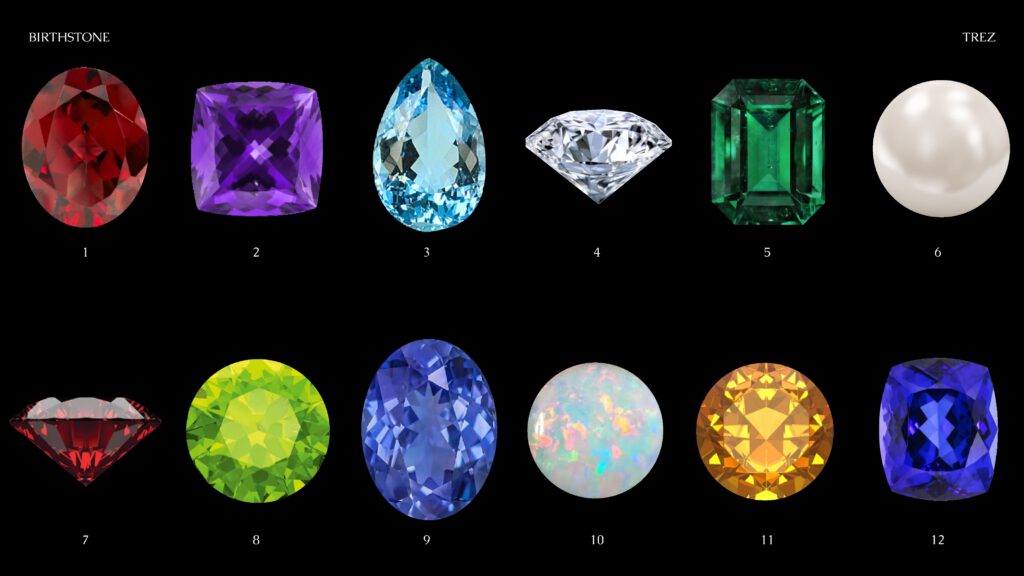
What is a Gemstone?
A gemstone is a natural mineral derived from various elements found beneath the Earth’s surface. These minerals undergo a process of cutting, polishing, and sometimes even carving to exhibit their beautiful, unique characteristics. Not all minerals can be transformed into gemstones; they must possess specific qualities that set them apart from ordinary minerals.
How Are Gemstones Different from Minerals?
Gemstones and minerals are closely related, yet they have distinct characteristics that set them apart.
Minerals: Minerals are naturally occurring inorganic substances with a crystalline structure. They form through geological processes and are composed of specific chemical elements and compounds. Minerals can be found in various forms, such as rocks, crystals, or ores. They have a wide range of physical properties, including hardness, color, cleavage, and luster. Unlike gemstones, minerals do not necessarily possess aesthetic qualities, and their value is typically based on scientific and industrial applications rather than their beauty.
| Month | Natural Stone | Meaning |
| January | Garnet | Perpetuity or Eternity |
| February | Amethyst | Intelligence or Cleverness |
| March | Aquamarine | Peaceful Mind |
| April | Diamond | Success |
| May | Emerald | Compassion |
| June | Pearl or Moonstone | Beauty |
| July | Ruby | Power |
| August | Peridot | Empathy |
| September | Sapphire | Emotional Conveyance |
| October | Opal | Purity |
| November | Topaz or Citrine | Prosperity |
| December | Turquoise or Tanzanite | Creativity |
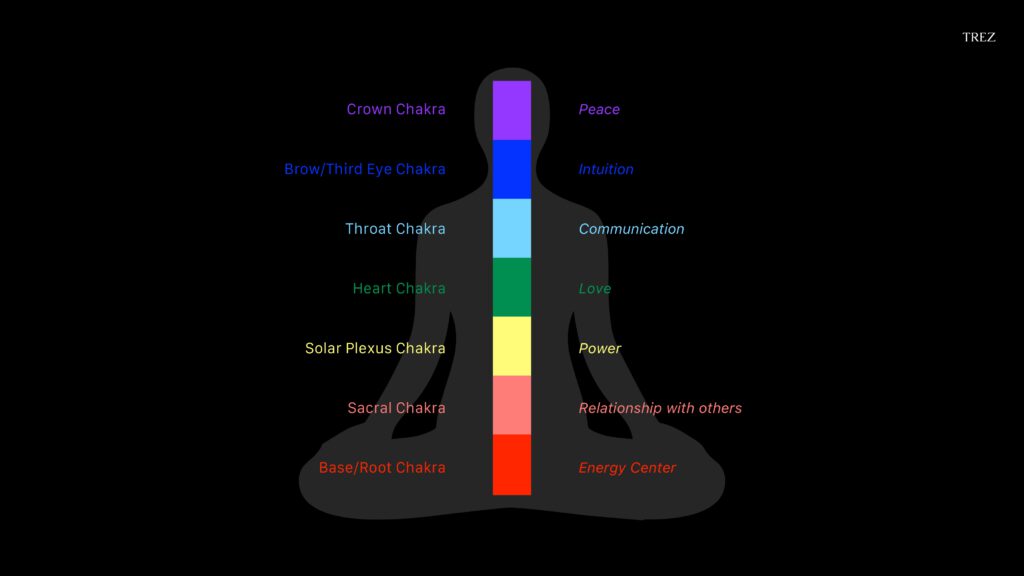
The passage describes the seven chakras in the human body and their associated gemstones. Here’s the translation:
“Which not only have gemstones related to birth months but can also be linked to the chakras or energy within the body that circulates from the center of the body to various organs within the body.
The chakras consist of various key points, seven points in total, aligned vertically in the body and are related to gemstones that can aid in healing various ailments:
- The Base Chakra is located at the tailbone and is associated with red gemstones such as ruby and garnet. It promotes endurance and stimulates vitality.
- The Sacral Chakra is located in the lower abdomen, especially in the reproductive organs and bladder area. It is represented by orange gemstones and assists in creativity and emotional responsiveness.
- The Solar Plexus Chakra is situated at the solar plexus, located in the area of the diaphragm and the stomach. It is linked with yellow gemstones, like citrine and topaz, and helps with normal digestion, controlling acidity in the stomach, and boosting self-confidence.
- The Heart Chakra is located at the heart and is associated with green gemstones. It helps in reducing stress and fosters compassion for others. Gemstones linked to this chakra include emerald and peridot.
- The Throat Chakra is located at the base of the throat or the neck area. It assists in communication, speaking, and conveying emotions and feelings. Blue gemstones, such as sapphire, aquamarine, and lapis lazuli, represent this chakra.
- The Brow Chakra, represented by deep blue gemstones, is located in the middle of the forehead. It aids in imagination, creative thinking, and having a clear vision. Lapis Lazuli and Azurite are gemstones associated with this chakra.
- The Crown Chakra is situated at the top of the head and is associated with violet gemstones. It is linked to wisdom, insight, thought, and memory. Amethyst represents this chakra.”
This passage provides information about the different chakras and the gemstones associated with each one for healing and balancing energy within the body.
In addition to choosing gemstones that suit us, the next crucial aspect in selecting gemstones is to observe their synthetic characteristics, imitations, quality enhancements, and distinguishing natural gemstones from the rest. To do this, one can utilize basic tools and equipment.

One of the essential tools that gemologists always have with them is a loupe, which is a magnifying glass with 10x magnification. It’s used to examine the internal features of gemstones more clearly, such as identifying imperfections (as per the SGS Gemological Institute, 1994).
Tweezers are also a must-have tool for handling and picking up gemstones.
A gemstone cleaning cloth is used to ensure that gemstones remain clean and free from dust. When you shine a light on them, they won’t appear tarnished by the dust or have visible marks.
A gemstone torch, used for illuminating gemstones, helps to see crystal inclusions and internal imperfections more clearly.

“What is Synthetic Gemstone?
Synthetic gemstones are gemstones created by humans with chemical and internal structures similar to natural gemstones, such as synthetic corundum, synthetic quartz, and synthetic emerald (Burapha Gemological Laboratory (BGL), 2018). Natural gemstones often display characteristics like straight color banding and crystal inclusions. In contrast, synthetic gemstones exhibit characteristics like curved striations and gas bubbles (gas bubble inclusions).
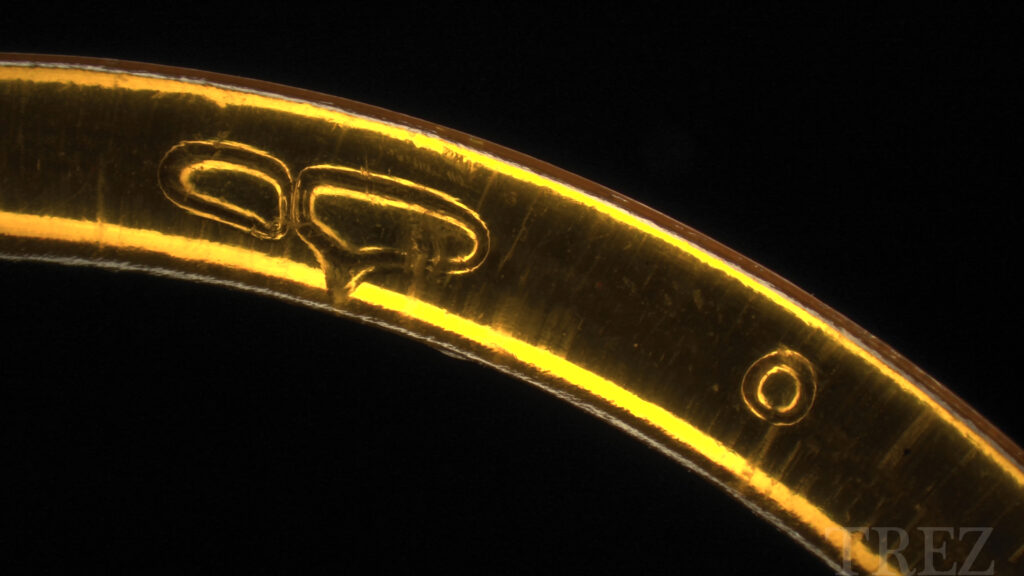
What is Imitation Gemstone?
Imitation gemstones are gemstones that humans create to mimic the appearance of natural gemstones, but they lack the chemical and physical structures of natural gemstones. They resemble natural gemstones only in appearance. For example, most imitation gemstones are made from glass, plastic, or other materials. Imitation gemstones are often used to reduce the production cost of jewelry.
For instance, glass is commonly used to imitate gemstones like garnet because it has a similar external appearance (Gemological Dictionary, 2002). The imitation may include characteristics like orange peel texture on the surface of plastic and glass.

What is Gemstone Enhancement?
Gemstone enhancement refers to various processes to improve the appearance and value of gemstones. It involves methods such as filling fractures with glass, creating assembled stones, and dyeing gemstones (Gemological Dictionary, 2002). These processes are performed to enhance the visual appeal of gemstones and increase their market value.
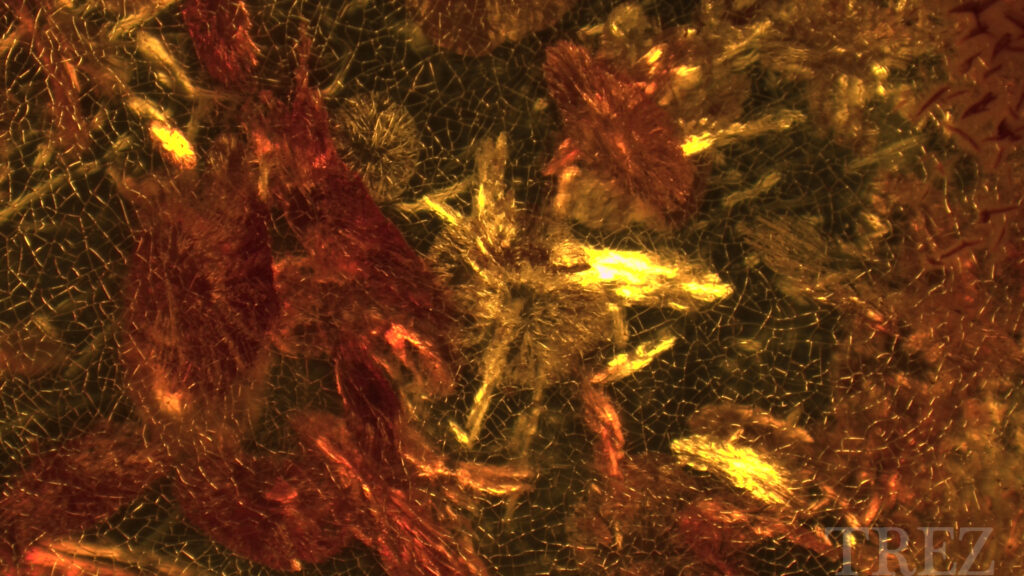
What are Organic Gemstones?
Not all gemstones are created from inorganic materials; some gemstones are derived directly from nature or living organisms, and these are known as organic gemstones. These gemstones often exhibit unique characteristics (American Gem Society, 2021), such as platy structure in pearls, parallel growth lines in coral, engine turning in animal shells, and sun spangle due to the manufacturing process.
Basic knowledge of gemstone classification
- Identifying synthetic gemstones: Synthetic gemstones can be recognized by characteristics like curved striations in synthetic sapphires. Synthetic sapphires may also exhibit two-phase inclusions, and fingerprint inclusions can be seen inside the gemstones.
- Identifying glass from plastic: Glass will feel colder to the touch than plastic and often contains gas bubbles inside. Glass is also heavier than plastic.
- Differentiating genuine and imitation gemstones: Genuine gemstones often have fibrous inclusions, like straight bands, while imitation gemstones may show grainy textures throughout the gem.
- Recognizing gemstone enhancements: For example, color-treated gemstones may exhibit color concentration along fractures. Dye-treated shells may show color different from natural shell color.
- Detecting organic gemstones: Organic gemstones have unique characteristics that set them apart, such as one-of-a-kind growth structures in pearls, coral with parallel growth lines, engine turning in animal shells, and the sun spangle found in animal shells.
This basic knowledge is essential for distinguishing between various types of gemstones.”
Thank you for the photo from TREZ Jewelry.
#TicyCity #ตีซี้ชิตี้ #MeaningofCity #เพราะทุกที่คือเมือง #เมือง #Ticytalk #TREZJewelry #เยือนจันทร์ชัยวัฒน์ #Howtoselecttherightgemstone #อัญมณี #เลือกอย่างไร #จักระ








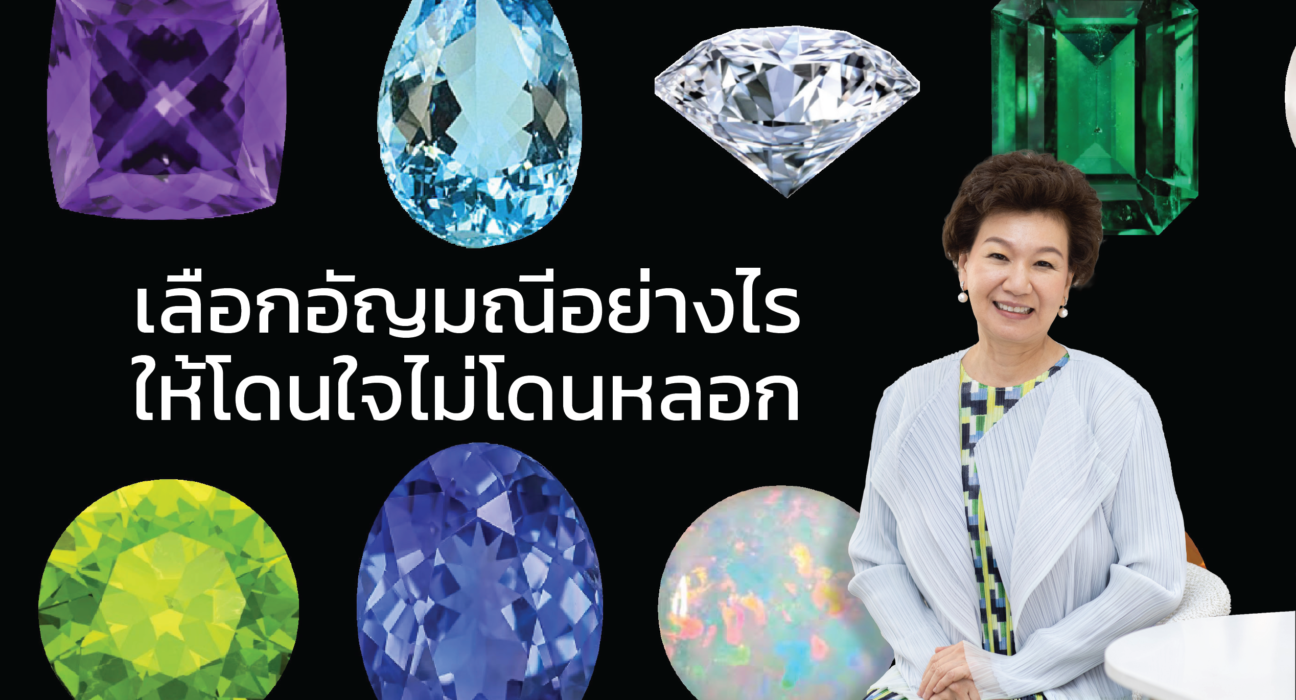







Leave feedback about this